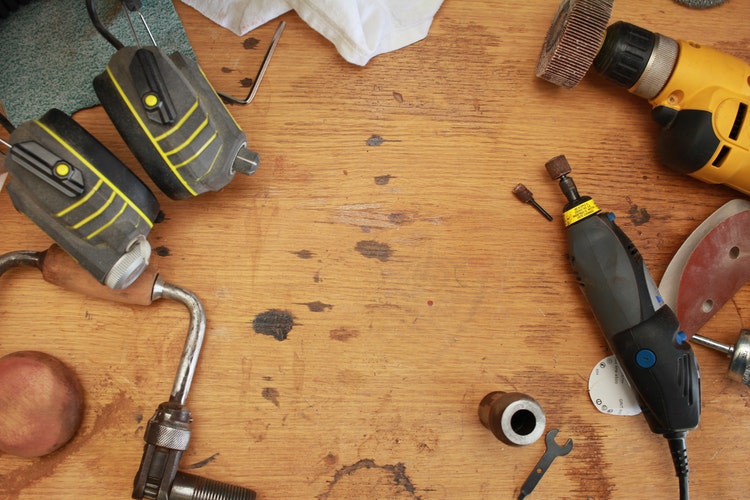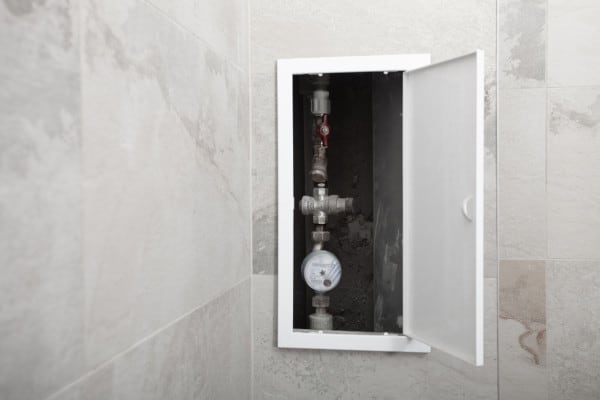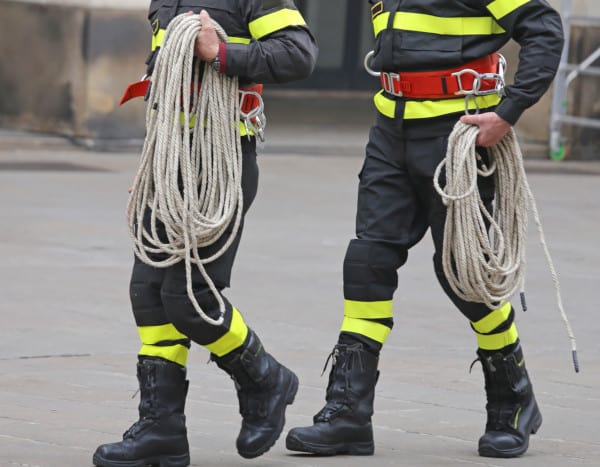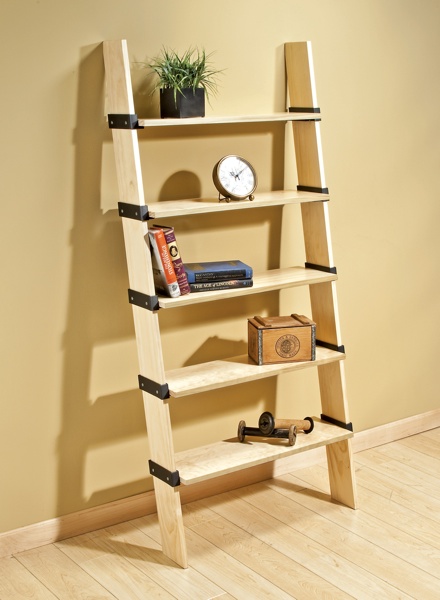Hose Clamp Types
- Previous blog
- Next blog
- Huyett Marketing Department
- 09/09/2020
- Updated: 09/07/2023
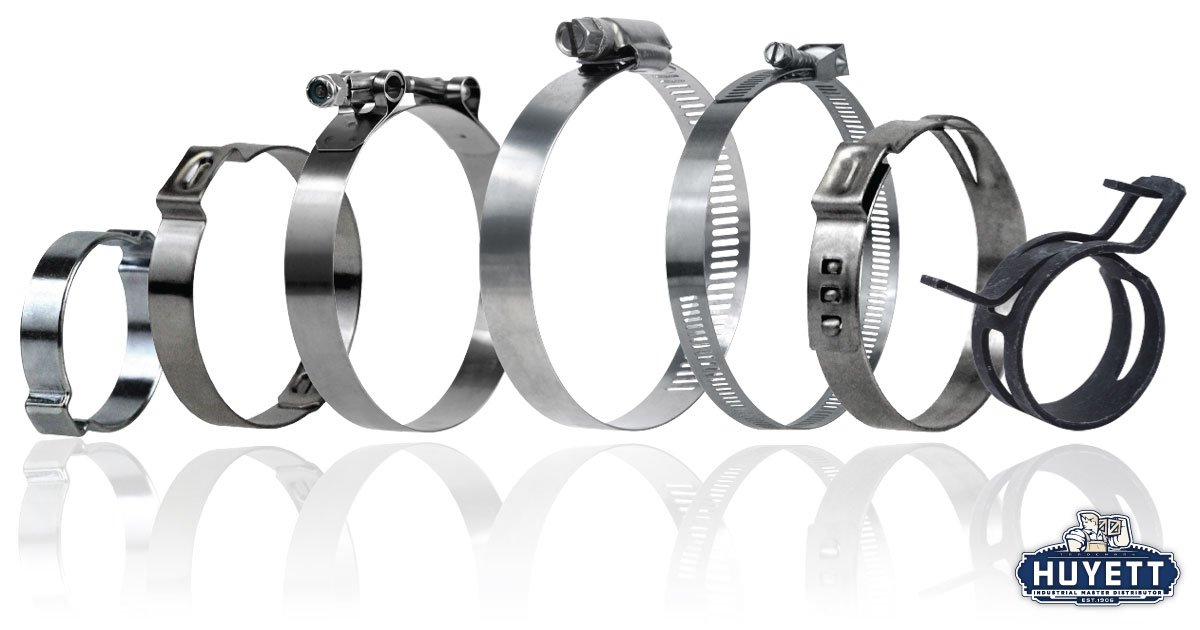
What is a Hose Clamp and How Do You Use One?

Hose Clamp Considerations
Hose and Tube Sizes

Clamp Size
Hose and Tube Characteristics
Hose Clamp Materials
- Plain (standard and degreased): Raw steel; degreased parts are cleaned of any grease, contaminants, or oil residue for cleanliness or to prepare the part for other treatment.
- Zinc Clear (standard and painted): A finish often applied through a conversion process that offers superior corrosion resistance.
- Phosphate (standard, red, and black): A finish applied through a chemical bath that offers corrosion resistance, absorbs liquid, and produces a finished appearance.
Types of Metal Finishes Introductory Guide.
Different Types of Hose Clamps
- Installation/locking mechanisms
- Band width
- Reusability
- Diameter range
- PSI range
Worm Gear Hose Clamps

hose clamp nut driver – the worm screw pulls the end of the band through the opening and tightens the clamp around the hose. For removal, the worm screw is loosened, which pushes the band back and widens the clamp.
Desired Features
- Allows for a wide diameter range and is ideal for applications where the tube, hose, or shaft circumference is unknown or must be determined on site
- Applies static tension to the fitting
- Easily installed using common hand tools
- Economic, reusable fastening solution for many applications
- Slots can dig into soft or malleable hoses and cause damage (a risk mitigated by the lined worm gear hose clamp, which features a solid metal inside band as a protective layer between the clamp and the hose)
- Manual installation and removal can take time as there is no quick release mechanism (though a portable drill affixed with a nut driver can greatly reduce installation time)
- Flex gear: The worm screw compresses against sets of Belleville washers that are set with the hollow undersides facing inwards towards each other. When the clamp is set in place, the spring tension from the washers fluctuate depending on the hose pressure, making these clamps ideal for applications with varying temperatures.
- General purpose/hi-torque: This is the basic line of worm gear clamps that fit the general description above. A “high-torque” specification indicates that the clamp has a higher torque threshold than standard hose clamps and can create a tighter grip on the hose.
- Mini: These are simply a smaller version of standard clamps, with a maximum diameter of up to 3.5 in.
- Mini with wing screw: These mini clamps feature a built-in tool, or “wing,” to twist the worm screw.
- Screw type stepless: The stepless design ensures 360⁰ uniform compression, eliminating the flat surface on which the screw is typically mounted.
Ear Hose Clamps

ear hose clamp is one of the most common types of hose clamp. This fastener is a closed metal circle – either spot welded, interlocked, or as a continuous metal band – with either one or two protruding rectangular “ears.” After the clamp slides over the hose, a pair of
hose clamp pincers squeeze the sides of the ears together to tighten the clamp around the hose. This creates a permanent installation.
Desired Features
- Great for tight spots
- Resistant to vibration
- Easy installation
- Stays round for full contact
- Single-piece design
- Cost-effective
- Single-use and must be removed by destructive means
Stepless 1-Ear Hose Clamps

1-Ear Hose Clamps
2‑ear clamps install easily in tight spots and compensate for component tolerances while providing a tamper‑proof seal for firm plastic or sturdy rubber hoses and tubes.

2-Ear Hose Clamps

- High-Torque: Most hose clamps only require 30-40 in. lbs. of torque to tighten onto the application. A “high-torque” specification indicates that the clamp has a higher torque threshold and can create a tighter grip on the hose.
- One-ear cup lock: A cup lock is a circular lock on the outside of a stepless clamp that holds the outside circle in place as the inside circle is tightened around the hose, which helps the clamp offer more torque.
- One-ear with insert: An insert is an extra metal ring within the clamp that provides consistent coverage and tightening around the hose.
- One-ear with interlock: An interlocking mechanism sits opposite from the ear and provides resistance to corrosion, which is a risk in hose clamps that are secured with spot welds.
- Adjustable: Adjustable ear hose clamps feature a band with multiple notches that interlock with a protruding tab on the outside circle, creating a variety of options for sizes.
Quick Release Hose Clamps

Desired Features
- Allows for a wide diameter range and is ideal for applications when the circumference of the hose or shaft is unknown or must be determined on site
- Quick release clamps feature a swivel‑lock screw toggle latch for quick installation and removal
- Screw end is securely affixed so it won’t fall out or back out on its own when open
- Reusable and ideal for applications that require frequent inspection or adjustment
- More costly than worm gear hose clamps
- Could leave a long tail of unused metal
SAE J1508, which is a standard that guarantees minimum and maximum diameter ranges to comply with commonly paired parts.
T-Bolt Hose Clamps

Desired Features
- Offers superior strength
- Easy installation with common tools
- Ideal for industrial and military applications with wide diameters and/or high vibration
- T‑bolt clamps, or “Racing Clamps,” provide even, 360° sealing pressure around hose and fitting assemblies to prevent leaks and blow‑outs
- Ideal for use in a wide range of applications including high‑vibration environments and in hard‑to‑reach places
- Wide band provides greater clamping force
- Smooth bands eliminate the chance of tearing or cutting pliable hoses
- Well suited for firm rubber, silicone, and plastic hoses and tubes or with suction and discharge hoses
- Reusable and easy to remove
- Costly in comparison to other hose clamps
- Do not over tighten
- T-bolt clamps are available in a variety of SAE J1508 sizes.
- Always assemble a sample of your hose and pipe or fitting before measuring and selecting T‑Bolt clamps as they have a limited usable range. The right size of clamp is critical to ensuring a leak proof seal.
Fuel Injection Hose Clamps

Desired Features
- Reusable
- Easy to install
- Customizable clamping power (bolt can be tightened at different lengths)
- Smooth inside surface reduces hose damage
- Nut and bolt threads face potential damage from rust or fuel leaks
Snap Grip Hose Clamps

Desired Features
- Does not rust or corrode
- Reusable
- Lightweight and economical
- Easy installation and removal with common tools
- Not intended for high-pressure applications
Spring Hose Clamps

Desired Features
- Reusable
- Cost-efficient
- Wide band provides consistent pressure and reduces chances of unwanted leaks
- Installation and removal requires specialty tool
Wire Hose Clamps

Desired Features
- Easy installation with common tools
- Cost-efficient
- Expands and contracts with the hose if pressure fluctuates
- Reusable
- Small wire circumference may dig into hose or tube
- Double wire: These clamps feature two wire circles wound closely together, with the metal tabs interlocked at the top.
- Single wire: Single wire clamps feature one wound circle with tabs bent up at either end.
Crimp Ring Hose Clamps

Desired Features
- Professional appearance
- No locks or ears to catch on other components
- Requires costly installation tools
- Single-use fastener that is difficult to remove
Different Types of Hose Clamps
hose clamp tools that serve to prepare the application’s hose and install or remove the clamp.



Hose Clamp Maintenance and Inspection
- Rust or corrosion
- Cracks
- Connections that have tightened or loosened
- Indentations on the hose at the site of the connection
- Brittle, stripped, or cracked hoses or tubes
- Air or liquid leaks
- Compressed hoses limiting flow
- Stretched hoses
product FAQs page. You can also visit our
Oetiker and
Heritage Industrial supplier pages to learn more about the high-quality product lines we offer in low minimum quantities and competitive prices. For questions or quotes,
contact our Sales Team at
(785) 392-3017 or
sales@huyett.com.
